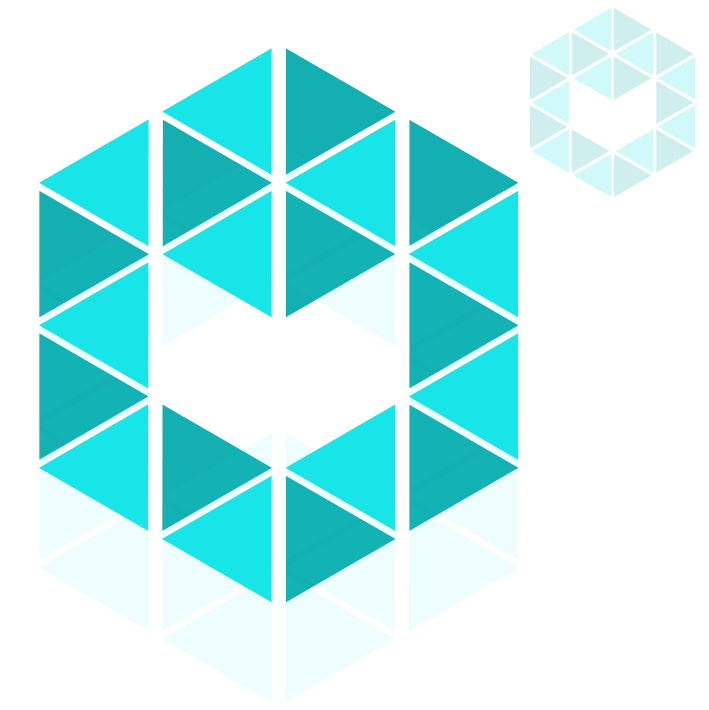This use case deals with Industry 4.0 scenarios, demonstrating how TERMINET leverages state-of-the-art technologies, including Augmented Reality (AR) and machine learning, to improve the maintenance operations of modern power plants and industrial facilities.
Two scenarios of UC6 deal with maintenance procedures carried out by field engineers and technicians. Currently, field engineers are using user manuals, written instructions, or the guidance of a senior engineer to carry out the work correctly. Example of such work is to find and replace the correct module of a component or to replace a component of an industrial device. However, there are several problems and limitations with the current approach; Field engineers may misinterpret the written instructions, while sometimes it is not convenient to read the instructions while their hands are occupied, or it may be difficult to match the written guidelines with the physical world and what the field engineer actually sees.
By employing AR, TERMINET aims to improve the maintenance procedure described above, by guiding field engineers to implement complex steps or to avoid confusions that would cause damage to the critical infrastructure. TERMINET brings significant advantages on improving the maintenance procedure, since human errors are minimised, because the guidelines are displayed on the glasses of the field engineer. Moreover, the fact that the guidelines are visualised and integrated with the physical world minimises the possibility of misinterpretation and error by the field engineer.
The other two scenarios of UC6 deal with the predictive maintenance of critical equipment that is typically part of a power plant or mission-critical infrastructure of the electricity grid (i.e., Small Form-factor Pluggable transceiver (SFP modules) and Remote Terminal Units – RTUs). Currently, the maintenance of such apparatus is being done on a typical basis according to the instructions of manufacturers, while it is not uncommon for sudden failures to occur. Unforeseeable failures could introduce additional financial overhead and workload to the maintenance team.
TERMINET brings ML-based predictive maintenance, a state-of-the-art practice that aims to foresee possible failures on the apparatus, thus, optimise the maintenance schedule to replace the device beforehand. This pre-emptive action leads to reduction of maintenance costs as well as downtime and possible cascading effects. Moreover, TERMINET brings higher prediction accuracy results and demonstrates how this can be achieved by combining multiple data sources and applying federated learning.
Finally, it should be highlighted that this use case does not only benefit the owner of the industrial facilities and end user of the TERMINET digital services, but also the involved manufacturers of industrial equipment and technology providers (TEI, SCHN). In particular, the Next Generation IoT services evaluated in this use case will facilitate their strategic position to gain an early-entrant advantage within the industry, also keeping in consideration the rapid evolution of the IoT market. Moreover, they will enrich their portfolio with new after-sales support services that will strengthen their competitiveness and position in the market.
